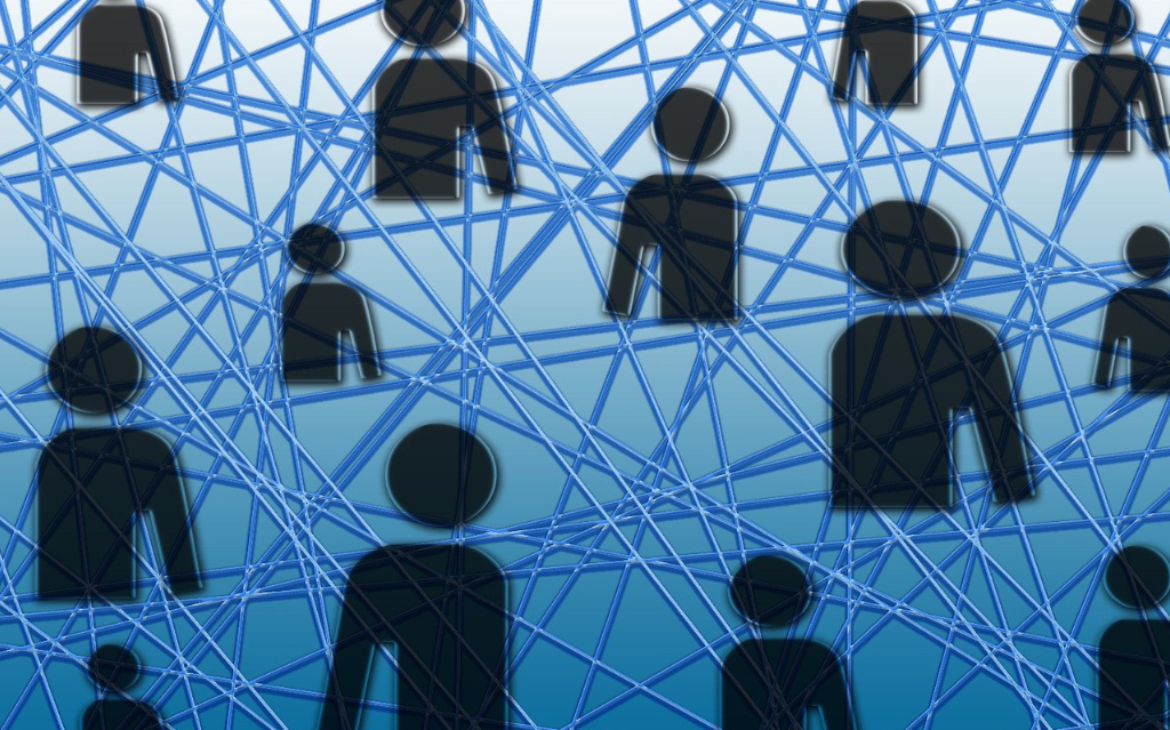The role of media institutions is to inform, educate, and entertain the public; specifically, media serve as informers, educators, watchdogs, and entertainers, and by selecting topics and arranging news on online portals or in print media, they shape the thoughts and behaviors of the audience.
Maxwell E. McCombs and Donald L. Shaw examined the agenda-setting theory using the example of the 1968 American presidential elections by comparing data on dominant media themes and public opinion themes. The study found a significant correspondence between the thematic content in the public sphere and in the media. Agenda-setting refers to the media’s establishment of themes, specifically which topics will be considered most important during a specific period. The media dictate what people should think about.
Walter Lippmann discussed the media’s influence on human thought and action, as well as the relationship between public opinion and media, in his book Public Opinion in 1992. Lippmann argued that media, through reporting and content creation, shape their own version of reality, which subsequently impacts individuals. More specifically, in the first chapter of the book, titled The World Outside and the Pictures in Our Heads, he states that mass media create certain images in human minds about themselves, other beings, goals, as well as various relationships and human needs; however, this represents only a small part of reality, merely a reflection of reality.
Test your knowledge of media and media influence through:
The goal of the quiz is to help users of the platform learn about media and media influence from a theoretical perspective.
This quiz was designed as part of the project “Improving the Culture of Fact-Checking,” conducted by HUOJ in collaboration with media experts from Lider media and the Faculty of Economics at the University of Zagreb, with financial support from the European Union – NextGenerationEU.

